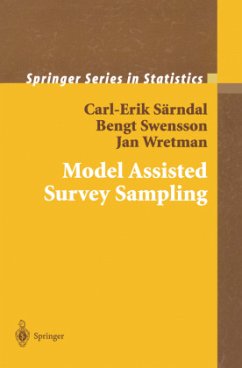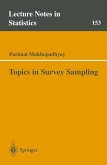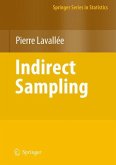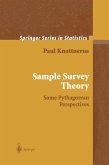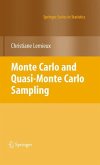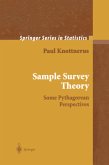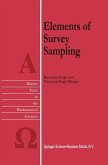The book covers the various approaches to modeling the in-cylinder processes such as mixture formation, combustion and formation of exhaust emissions in diesel and gasoline engines. Due to their complexity emphasis is put on multi-dimensional spray, combustion and emission formation models. However, phenomenological as well as zero-dimensional thermodynamic models, which are still widely used in engine development because of their computational efficiency, are addressed as well. Example calculations of each model type are compared with corresponding experimental data ¿ represented in diagrams as well as in images resulting from modern optical measuring techniques ¿ in order to discuss the capabilities of today's simulation models as well as the shortcomings that still exist either because of oversimplifying assumptions or because of insufficient knowledge of the real processes. The reader will be provided with an overview of the most important simulation models describing the in-cylinder processes of internal combustion engines. In addition, suggestions are made about which modeling approach is appropriate for a specific type of problem.
Now available in paperback. This book provides a comprehensive account of survey sampling theory and methodology which will be suitable for students and researchers across a variety of disciplines. A central theme is to show how statistical modeling is a vital component of the sampling process and in the choice of estimation technique. Statistical modeling has strongly influenced sampling theory in recent years and has clarified many issues related to the uses of auxiliary information in surveys. This is the first textbook that systematically extends traditional sampling theory with the aid of a modern model assisted outlook. The central ideas of sampling theory are developed from the unifying perspective of unequal probability sampling. The book covers classical topics as well as areas where significant new developments have taken place notably domain estimation, variance estimation, methods for handling nonresponse, models for measurement error, and the analysis of survey data.The authors have taken care to presuppose nothing more on the part of the reader than a first course in statistical inference and regression analysis. Throughout, the emphasis is on statistical ideas rather than advanced mathematics. Each chapter concludes with a range of exercises incorporating the analysis of data from actual finite populations. As a result, all those concerned with survey methodology or engaged in survey sampling will find this an invaluable and up-to-date coverage of the subject.
Now available in paperback. This book provides a comprehensive account of survey sampling theory and methodology which will be suitable for students and researchers across a variety of disciplines. A central theme is to show how statistical modeling is a vital component of the sampling process and in the choice of estimation technique. Statistical modeling has strongly influenced sampling theory in recent years and has clarified many issues related to the uses of auxiliary information in surveys. This is the first textbook that systematically extends traditional sampling theory with the aid of a modern model assisted outlook. The central ideas of sampling theory are developed from the unifying perspective of unequal probability sampling. The book covers classical topics as well as areas where significant new developments have taken place notably domain estimation, variance estimation, methods for handling nonresponse, models for measurement error, and the analysis of survey data.The authors have taken care to presuppose nothing more on the part of the reader than a first course in statistical inference and regression analysis. Throughout, the emphasis is on statistical ideas rather than advanced mathematics. Each chapter concludes with a range of exercises incorporating the analysis of data from actual finite populations. As a result, all those concerned with survey methodology or engaged in survey sampling will find this an invaluable and up-to-date coverage of the subject.

